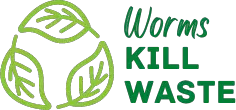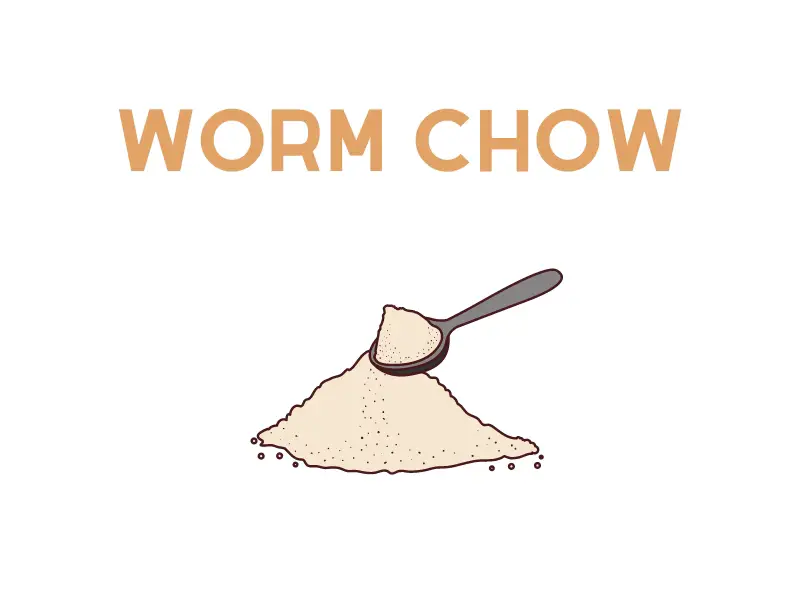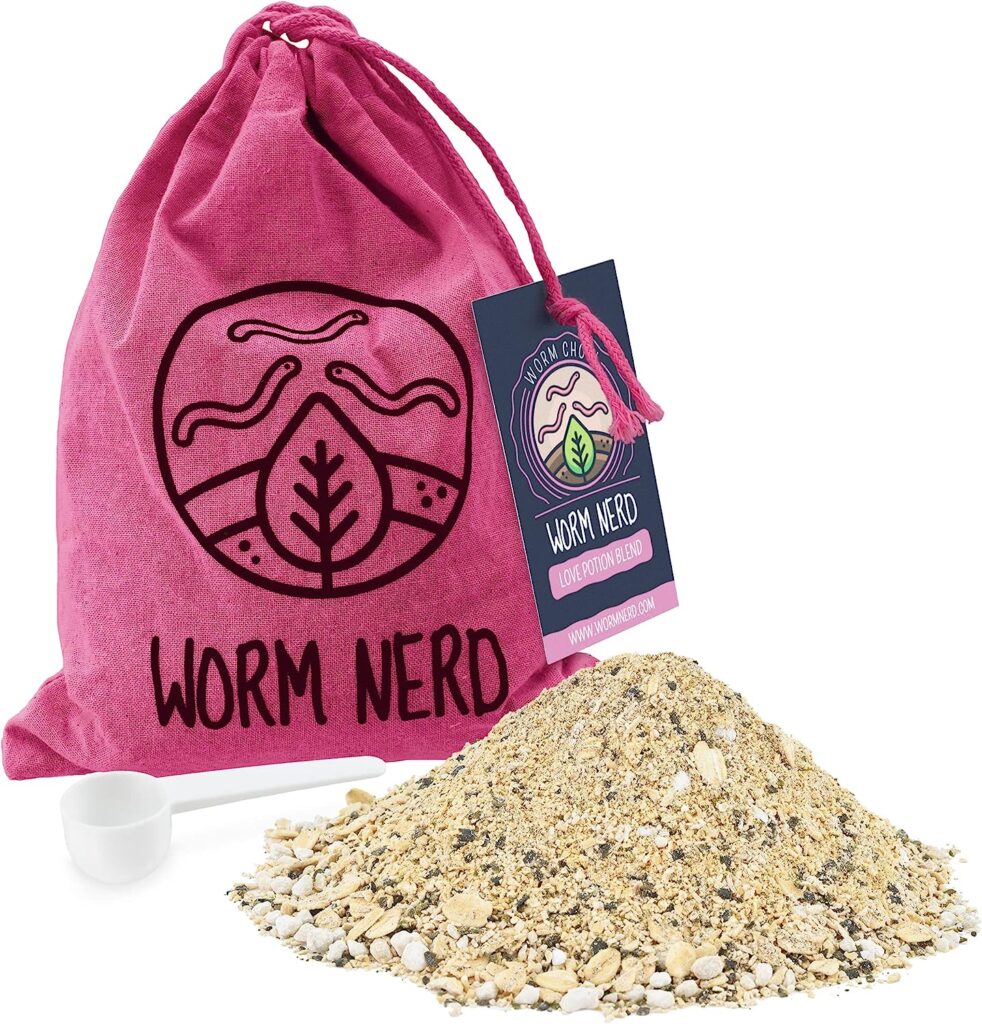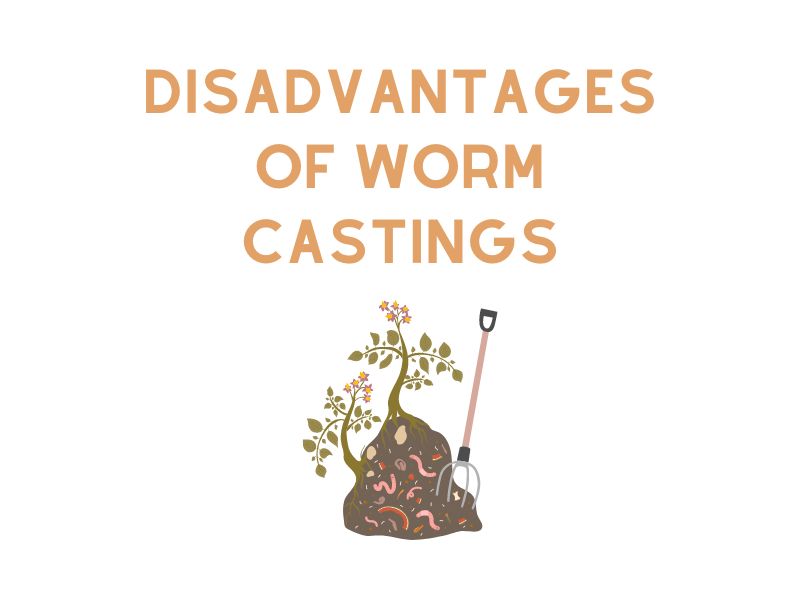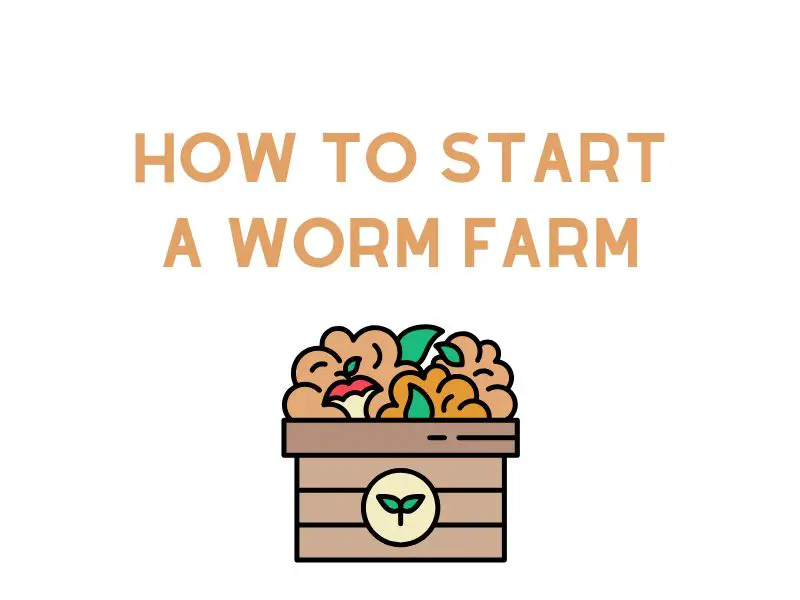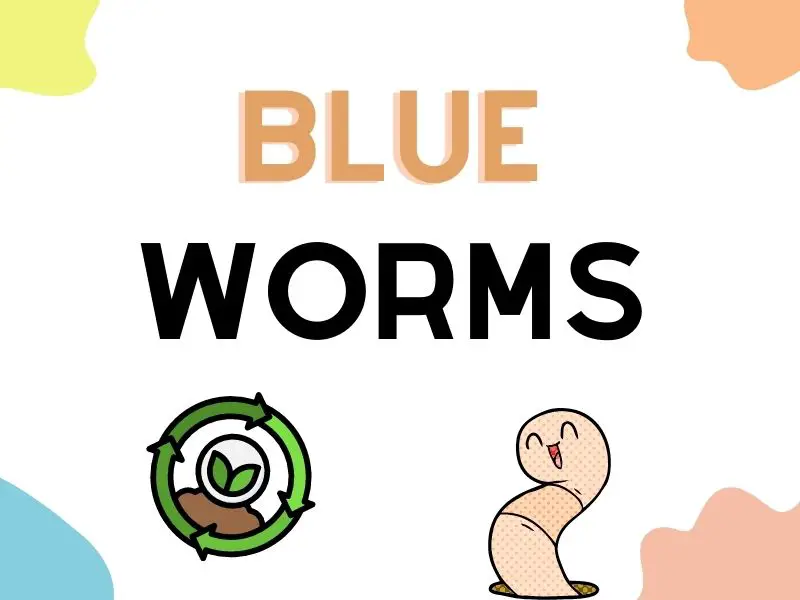Vermiculture, or the process of cultivating worms to decompose organic waste, has become increasingly popular as a sustainable and efficient waste management practice. Worm chow is a key aspect of a successful vermiculture operation. It is a nutrient-rich food source specifically designed to meet the dietary needs of worms, supporting their growth, reproduction, and waste decomposition capabilities. In this article, we will explore the composition of worm chow, its benefits, and how to prepare it at home.
What is Worm Chow?
Worm chow is a specially formulated feed mixture designed to provide an optimal diet for worms, particularly red wigglers (Eisenia fetida) and European nightcrawlers (Eisenia hortensis), the two most common species used in vermiculture. The mixture typically includes a blend of organic materials, minerals, and nutrients, which promote worm health, stimulate reproduction, and enhance their ability to break down organic waste.
Composition of Worm Chow
Worm chow can be made from a variety of ingredients, and different recipes may incorporate slightly different components. However, the following are some of the most common ingredients found in worm chow:
- Ground grains: These can include cornmeal, wheat bran, and oat bran, which serve as sources of carbohydrates and protein.
- Ground limestone or crushed eggshells: These provide essential calcium carbonate, which helps worms maintain the proper pH in their digestive system.
- Powdered kelp: This provides essential trace minerals and micronutrients, such as iodine, potassium, and magnesium.
- Soybean meal or alfalfa meal: These are rich sources of protein and amino acids, which are essential for worm growth and reproduction.
Do you already have a worm composter? It might be worth upgrading
Benefits of Worm Chow
- Accelerated decomposition: Worms fed with a well-balanced diet are more efficient at breaking down organic waste, which results in faster composting.
- Improved worm health: A nutritious diet helps worms grow, reproduce, and resist diseases and parasites.
- Enhanced nutrient content in worm castings: Worms that consume a balanced diet produce nutrient-rich castings, which can be used as a valuable organic fertilizer for plants.
- Customizable recipes: Worm chow can be adapted to cater to the specific needs of your worm population or the waste materials you want them to process.
How to Make Worm Chow at Home
Making worm chow at home is a cost-effective and customizable option for your vermiculture operation. Here’s a simple recipe to get you started:
Ingredients:
- 2 cups ground grains (cornmeal, wheat bran, or oat bran)
- 1 cup ground limestone or crushed eggshells
- 1 cup powdered kelp
- 1 cup soybean meal or alfalfa meal
Instructions:
- Mix all ingredients thoroughly in a large container.
- Store the worm chow in an airtight container in a cool, dry place.
To feed your worms, sprinkle a small amount of worm chow on top of their bedding once or twice a week, depending on the size of your worm population. Be sure to monitor their consumption and adjust the feeding schedule as needed.
Using Worm Chow Effectively
To use worm chow effectively, it’s essential to strike the right balance in feeding your worms. Start by sprinkling a small amount of worm chow on top of their bedding once or twice a week, depending on the size of your worm population. Keep an eye on their consumption, ensuring they are eating the chow before adding more. If you notice the worm chow is disappearing quickly, you may need to increase the amount or frequency of feeding.
Conversely, if uneaten worm chow starts to accumulate, reduce the amount you’re adding to the bin. In addition to worm chow, continue to provide worms with a diverse diet of organic waste materials, such as fruit and vegetable scraps, coffee grounds, and shredded paper products. This variety will encourage a healthy microbial environment, further supporting the worms’ ability to decompose organic waste efficiently. By monitoring your worms’ consumption and adjusting their feeding schedule accordingly, you can maintain a thriving vermiculture system that yields nutrient-rich compost for your plants.
Conclusion
Worm chow is an essential component of a successful vermiculture operation, providing the necessary nutrients to support worm growth, reproduction, and waste decomposition. By creating your own worm chow at home, you can customize the recipe to suit your specific needs, ensuring the health of your worms and the quality of their castings. Embrace the world of vermiculture and contribute to a more sustainable and eco-friendly environment by providing your worms with the nutritious food they need.
